Photography has long since moved toward mirrorless cameras. However, the Nikon D780 stands its ground. This full-frame DSLR blends the best of old-school reliability and modern mirrorless performance. And even in 2025, it’s still one of Nikon’s most versatile hybrid cameras.
So why does the Nikon D780 continue to hold value?
Simple. It delivers pro-level photo and video quality, excellent autofocus, and bulletproof build quality. Whether you shoot portraits, weddings, landscapes, or video content, this camera adapts to your needs.
In this updated Nikon D780 review, I’ll break down its strengths, weaknesses, and how it stacks up in today’s market. If you’re thinking about buying one—or keeping the one you already own—this is the deep dive you need!
Table of Contents
- Nikon D780 Build Quality & Handling
- Sensor Performance & Image Quality
- Autofocus System
- Nikon D780 Video Features & Hybrid Capabilities
- Viewfinder vs. Live View Shooting
- Battery Life & Connectivity
- Performance in Real-World Use
- How the Nikon D780 Compares in 2025
- Who Should Buy the Nikon D780 in 2025?
- Conclusion
- FAQs
Nikon D780 Build Quality & Handling
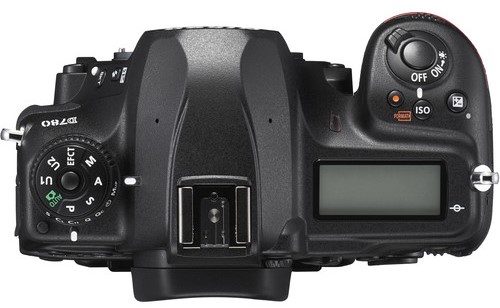
The Nikon D780 has a rugged, weather-sealed body that feels built to last. It uses a magnesium alloy frame, which helps reduce weight while still being strong enough to handle demanding shooting environments. Rain, dust, cold—this camera handles it all with confidence.
The grip is deep and secure, making the D780 feel comfortable during long shoots. Nikon’s layout of buttons and dials is excellent, giving you quick access to settings without needing to dive into menus. Customizable buttons let you set the camera up exactly how you want it.
It has two UHS-II SD card slots. That’s great for professionals who want to separate RAW and JPEG files or have a backup card in case one fails. Everything about the handling of the Nikon D780 says, “I’m ready for work.”
If you’ve used a Nikon DSLR before, this will feel like home. If you’re coming from mirrorless, the extra weight may take getting used to, but the ergonomics make it a smooth transition.
Sensor Performance & Image Quality

Photo by Peter Neumann on Unsplash (license)
The Nikon D780 uses a 24.5MP full-frame BSI CMOS sensor. This is the same sensor found in the first-generation Nikon Z6. That means you’re getting excellent image quality with great detail, impressive dynamic range, and strong low-light performance.
The colors out of the D780 are natural and pleasing. Skin tones look realistic, landscapes have vibrant tones, and there’s enough room in the RAW files to push shadows and highlights in post-processing.
Whether you’re shooting portraits, wildlife, or street photography, the image detail is there. This is true even at high ISOs. You can shoot comfortably up to ISO 12,800, and even ISO 25,600 is usable with some noise reduction.
In 2025, the Nikon D780 still holds its own against newer mirrorless cameras in terms of image quality. For many photographers, it’s more than enough camera to grow with.
Autofocus System
As The Art of Photography discusses in the video above, this is where the Nikon D780 becomes really interesting. It combines two autofocus systems: a 51-point phase-detect system when using the viewfinder and a 273-point on-sensor hybrid AF system in Live View. That hybrid setup makes it more flexible than many older DSLRs.
Using the optical viewfinder, the AF is fast and reliable, especially in good light. It performs well for sports, events, and wildlife. However, the real magic happens in Live View, where you get eye-detection AF, face tracking, and much better subject tracking.
Live View autofocus comes straight from the Z6. It’s fast, quiet, and accurate, even in low light. I’ve used it for portraits and video work, and it rarely misses. This system also makes the Nikon D780 a great choice for those who want mirrorless-level AF without leaving the DSLR world.
In 2025, it’s still one of the best autofocus systems in any DSLR—and better than many budget mirrorless options.
Nikon D780 Video Features & Hybrid Capabilities
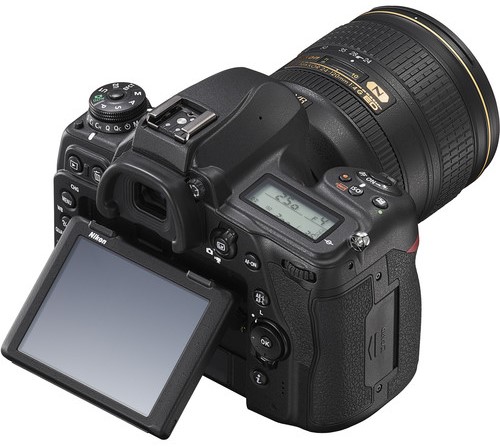
The Nikon D780 is a true hybrid. It shoots full-frame 4K video at up to 30fps with no crop, using the full width of the sensor. You can also shoot Full HD at up to 120fps for smooth slow motion.
It supports 10-bit video output via HDMI with N-Log and can display zebra stripes for exposure monitoring. If you’re a content creator or do client work, these features matter. You can get pro-level video without needing a separate camera.
The D780 also includes focus peaking, audio monitoring, and flat color profiles. Autofocus in Live View works great for video too—subject tracking is smooth, and face detection is reliable. I’ve personally used it for interview setups and YouTube videos with great results.
It’s not the absolute best video camera in 2025, but it offers more than enough for most hybrid shooters—and it does it without overheating or draining the battery too quickly.
Viewfinder vs. Live View Shooting
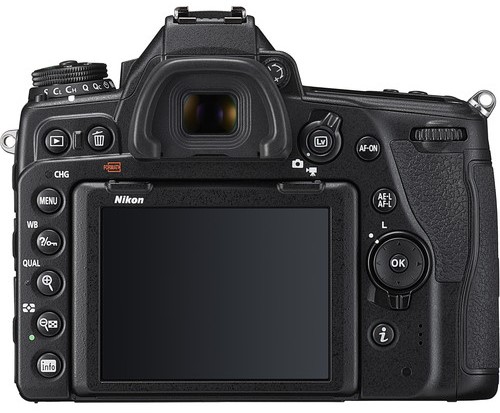
One of the biggest advantages of the Nikon D780 is that it gives you both worlds. You get a bright, clear optical viewfinder for traditional shooting. And you get a responsive 3.2″ 2.36-million-dot tilting touchscreen live view system for a more modern, mirrorless-like experience.
The viewfinder is great for fast action and situations where battery life matters. It’s also just enjoyable to use if you like a more classic shooting experience. There’s no lag, no blackouts, and no screen to distract you.
But when you switch to Live View, you unlock a whole different camera. It becomes quiet, versatile, and more advanced in terms of autofocus. Silent shooting, face detection, and more accurate focusing make Live View a must for studio, video, or street photographers.
Few cameras balance both styles as well as the D780 does. It’s one of the reasons it’s still so appealing today.
Battery Life & Connectivity
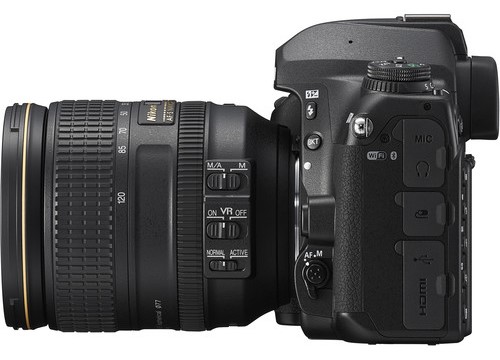
The battery life on the Nikon D780 is excellent. Using the EN-EL15b battery, you can get up to 2,200 shots per charge according to CIPA ratings—and many users report even more in real-world conditions.
You can charge the battery via USB-C, which is great for travel or field work. No need to bring a bulky charger if you already carry a USB-C power bank.
It features built-in Wi-Fi and Bluetooth, and Nikon’s SnapBridge app has improved in 2025. You can transfer images, control the camera remotely, or even do simple tethering. For studio photographers, the D780 also works well with wired tethering setups.
This kind of connectivity adds value, especially if you’re working across devices or sharing images on the go.
Performance in Real-World Use
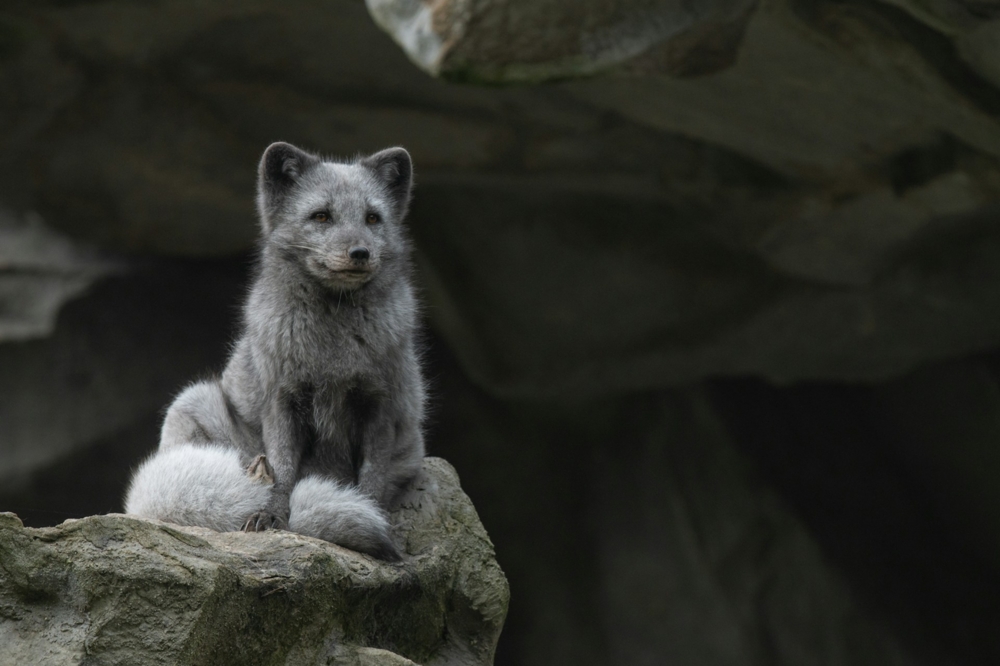
Photo by Peter Neumann on Unsplash (license)
In the field, the Nikon D780 is fast, responsive, and dependable. It starts up quickly, has a good buffer for bursts, and rarely slows down under pressure.
The shutter is rated for 150,000 cycles, and it feels solid. It’s not the quietest camera, but it’s reliable. Silent mode in Live View solves that when needed.
I’ve used the D780 in heat, cold, wind, and rain. It’s handled all of it without a hiccup. If you shoot weddings, landscapes, or travel, this is a camera you can count on.
It’s not flashy, but it works—and that’s what really matters in the long run.
How the Nikon D780 Compares in 2025
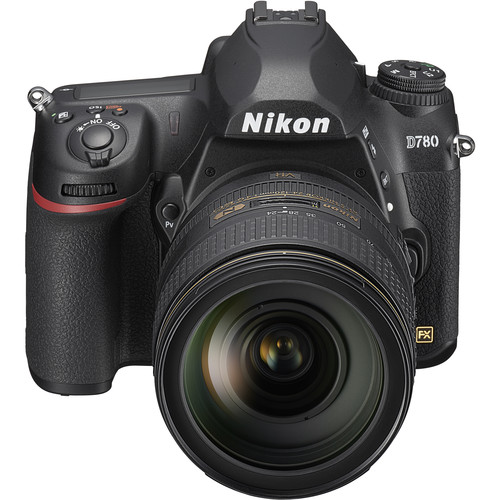
So how does the Nikon D780 stack up today? Surprisingly well. Against mirrorless models like the Nikon Z6 II or Z6 III, it holds its own. You lose IBIS and a lighter body, but gain better battery life, dual card slots, and a familiar DSLR layout.
Compared to Canon’s mirrorless options like the EOS R8, the D780 offers better build quality and superior ergonomics. The R8 might have newer tech, but it’s also more limited in features like dual slots or battery life.
If you want a DSLR that feels like a mirrorless camera when you need it to, the D780 is your best bet. And in 2025, the used market has made it more affordable than ever. Sites like MPB often sell it in excellent condition for much less than new.
It’s not the future of photography, but it’s a brilliant tool that still makes a lot of sense today.
Keep Reading: The Best DSLR Camera for Enthusiast Photographers
Who Should Buy the Nikon D780 in 2025?
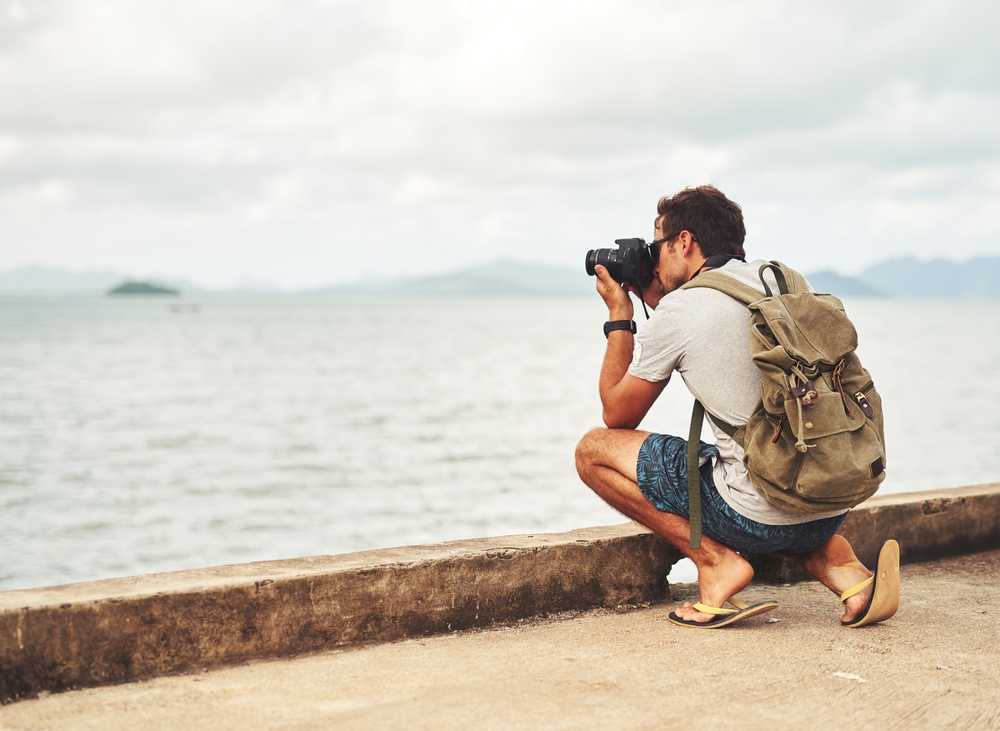
Photo by PeopleImages.com – Yuri A via Shutterstock
The Nikon D780 is perfect for DSLR fans who want modern features. It’s great for advanced beginners upgrading from APS-C cameras. It’s ideal for wedding and event shooters who want a reliable backup body. And it’s perfect for video creators who want one camera that does it all.
If you’re not ready to jump into the mirrorless world, the D780 gives you the best of both. It’s also a smart buy for travelers or outdoor shooters who value battery life and weather resistance.
This isn’t a budget camera, but the value it offers in 2025 is outstanding. Especially used. Especially if you know what kind of workhorse you’re getting.
Buying from trusted platforms like MPB is a great way to save money while getting a camera in excellent condition. MPB thoroughly inspects and rates each camera they sell, so you know exactly what you’re getting. Plus, their return policy and warranty options offer extra peace of mind.
I’ve shopped with MPB for many years now, and I’ve yet to be disappointed. Their product descriptions are spot on, their shipping times are fast, and they make it easy to trade in or sell old gear. Their customer service is top-notch, too!
For the right user, the Nikon D780 isn’t just a smart buy—it’s a long-term investment.
Conclusion
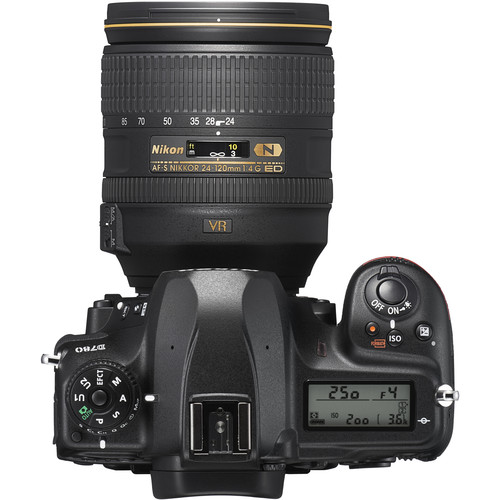
Even five years after its release, the Nikon D780 is still one of the most well-rounded full-frame DSLRs on the market. It offers excellent photo and video quality, strong autofocus, and reliable performance in a variety of conditions.
While mirrorless cameras are now the future, the D780 proves there’s still a place for DSLRs. Especially ones that blend the best of both worlds so well.
If you want one camera that can do almost everything—and do it well—the Nikon D780 remains a top choice in 2025.
FAQs
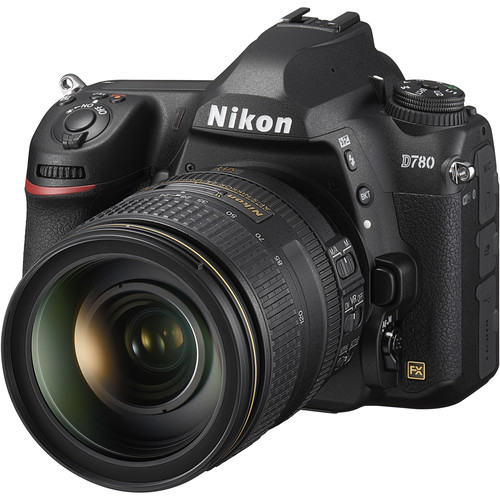
Is the Nikon D780 still worth buying in 2025?
Yes. It offers great image quality, solid autofocus, and excellent reliability. It’s a great hybrid for both photography and video.
Does the Nikon D780 have in-body image stabilization (IBIS)?
No. It relies on lens-based stabilization. If you need IBIS, consider the Nikon Z6 II or Z6 III.
Can the Nikon D780 shoot 4K video?
Yes. It shoots full-frame 4K video at 30fps with no crop and also supports 10-bit N-Log via HDMI.
Is the Nikon D780 good for beginners?
It’s best for advanced beginners or intermediate photographers who want to grow. It’s easy to learn but packed with pro features.
Where can I buy a used Nikon D780?
Trusted platforms like MPB often have used D780s in excellent condition at reasonable prices.
Our articles might have affiliate links and the occasional sponsored content, but don’t sweat it – if you buy something, we get a little kickback at no extra cost to you, and we only hype products we truly believe in!

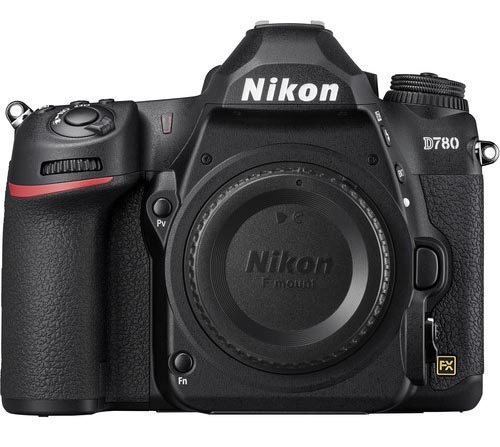
Instagram URL Shortener
[…]please stop by the web-sites we comply with, including this one particular, because it represents our picks through the web[…]